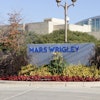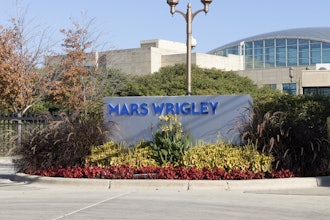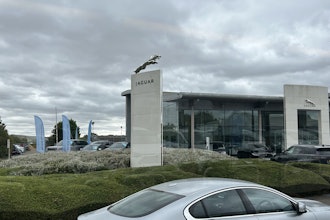By Michael D. Shaw
When chemists and chemical engineers hear about “scientific” polling and surveys, they often wonder how quantitative the results can be, given that there is no control on respondents lying. Indeed, there is seldom control on respondents jockeying into the position of becoming respondents, simply to have the opportunity to lie. It turns out that someone else wondered about this. Italian analytical chemist Roberto Fanelli and his staff, fresh from pioneering work that measured prescription drug metabolites in river water and wastewater, turned their attention to cocaine. The team measured the levels of benzoylecgonine, the primary urinary metabolite of cocaine, in a site on the River Po, and in wastewater entering plants in the cities of Cagliari, Latina, Cuneo and Varese. While official survey figures pegged cocaine use to about 1 percent of the 15,000-strong group interviewed, Fanelli’s analytical results indicate far more consumption (at least twice as much) and he believes that, if anything, his findings understate the truth. Moreover, the testing shows that rather than confining themselves to recreational weekend use, drug users take cocaine every day. This reinforces the idea that if you want to run the numbers, you’d better measure something first.
Michael D. Shaw is executive vice president and director of marketing for Interscan Corp., a Los Angeles-based manufacturer of toxic gas detection instrumentation and related software. His academic credentials include undergraduate biochemical research at UCLA under Roberts A. Smith and Nobel Laureate Willard Libby, pioneering endocrinology studies under Dr. Jessie Marmoston (County USC Medical Center) and a graduate stint at MIT under Gene Brown. Question and comments can be addressed to Shaw at [email protected]. Additional information is available at www.gasdetection.com.

















